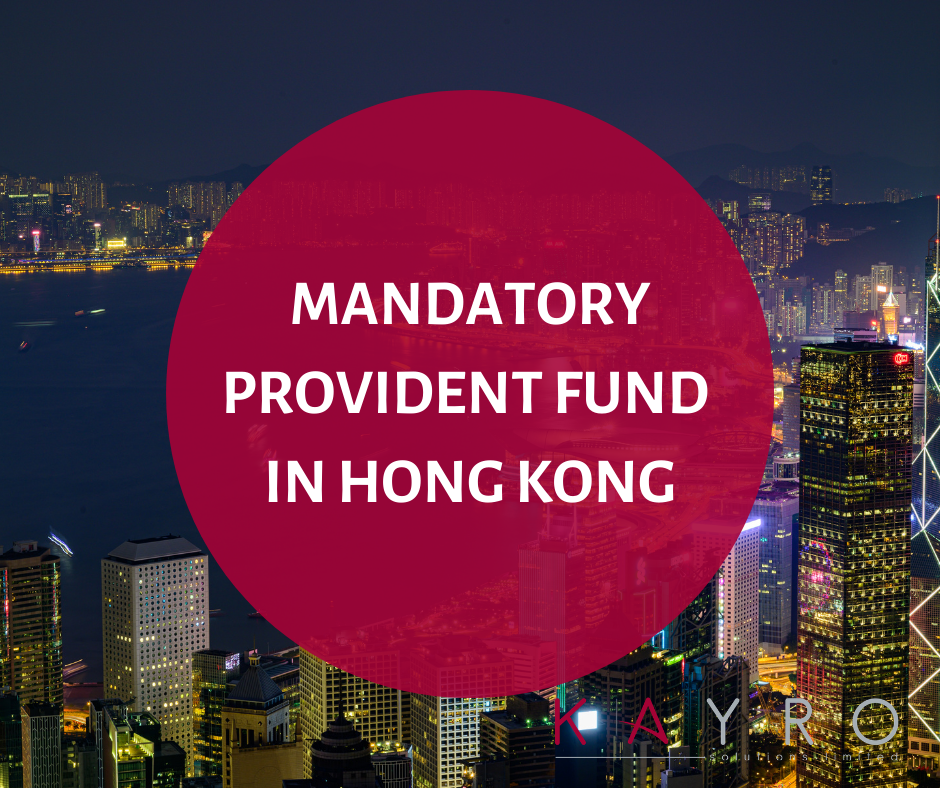Veröffentlicht in Hong Kong News am 10.12.2020
Hong Kong's Mandatory Provident Fund (MPF) pension scheme turns 20
In the 1990s, as financial security in old age became an ever-greater problem due to the increasing number of older people, a falling birth rate and the disintegration of extended families into nuclear families, the British government planned a mandatory pension scheme from 1993.
This was finally introduced on December 1, 2000, and since then has been the only compulsory social insurance in Hong Kong.
In mid-2020 a total of HKD 1 trillion (approx. 107 billion euros) in assets was managed for Hong Kong citizens.

The task of the MPF authority (MPFA) is not to invest the money itself, but to regulate and monitor the fifteen investment companies and banks authorized by the MPF to invest money for pension insurance. It also informs citizens why it is important to set aside enough money for pensions and ensures that all employees and employers invest money for employees.
Failure to comply with this obligation may result in heavy fines.
In general, the employer has the right to choose the fund provider, and the employee can then choose the different investments. The following types of funds are available: equity funds, mixed funds, pension funds and deposit protection funds. Whereby equity funds are the riskiest, but in the long run also the most profitable, the funds approved by the MPF are comparable to those on the free market.
In the last 10 years, equity funds have brought an annual return after fees of about 5.6%.
In practice, the employer retains and invests the amounts to be paid monthly, from the wage payment. The "insurance rates" are as follows:

In contrast to the pension systems widespread in Europe, the system in HK is therefore not a pay-as-you-go system in which the younger ones pay the older ones. Much more everyone pays for himself into a financial investment, which he can usually withdraw at the age of 65. This counteracts the growing problem of demographic change in Europe and Hong Kong, on the other hand, unlike in Germany, one does not receive a monthly amount until death, but only as much as is in the personal account.
Since 2019, in addition to the mandatory 5% share each, employees and donors can also make voluntary contributions. The advantage is that up to 15% of the salary (but not more than 60,000HKD p.a.) which is additionally invested can be deducted from tax. In contrast to the obligatory investments, the voluntary payments can be deposited with the bank of your choice and can be stopped or changed at any time. However, even these funds can usually only be paid out when you turn 65. Exceptions to this rule are if you want to retire early at 60, have less than 12 months to live as certified by a doctor, have deposited less than 5,000HKD or want to leave Hong Kong forever.
Attention: if you are not going to work in Hong Kong and you come back to Hong Kong to work, this can lead to administrative problems.
In any case, a second premature payout is not possible again.
Today, 20 years after the introduction of mandatory pension payments, a predominantly positive picture is emerging among the general public. Although the additional burden on employers and employees was criticized in the first few years, many funds can be used to build up a high level of assets for retirement in the long term, and old-age poverty in Hong Kong has thus been significantly reduced. Compared to the pay-as-you-go pension system, much higher returns can also be achieved.
*With the maximum income tax rate of 15%, a maximum of 20% of salary is due for compulsory insurance and taxes in Hong Kong.

